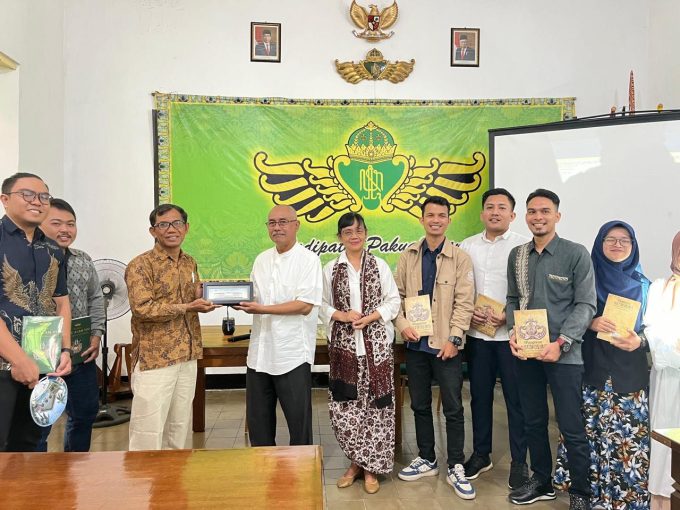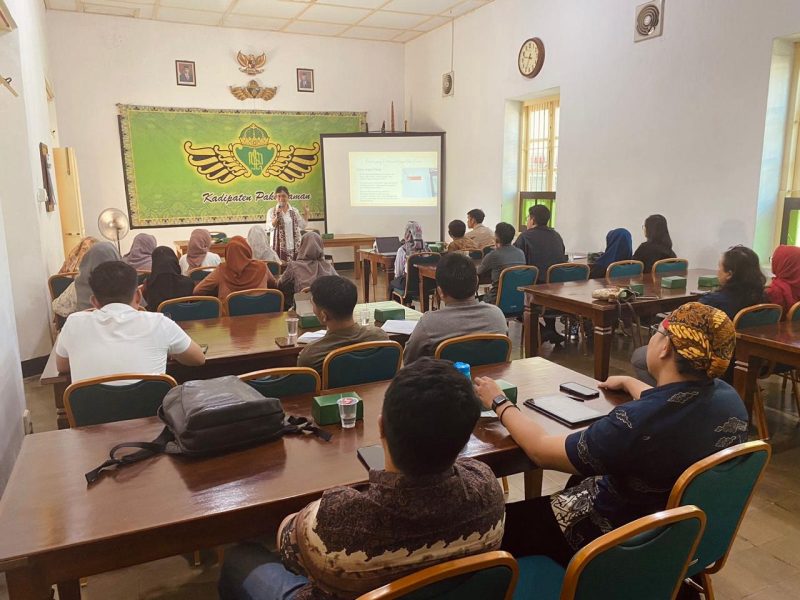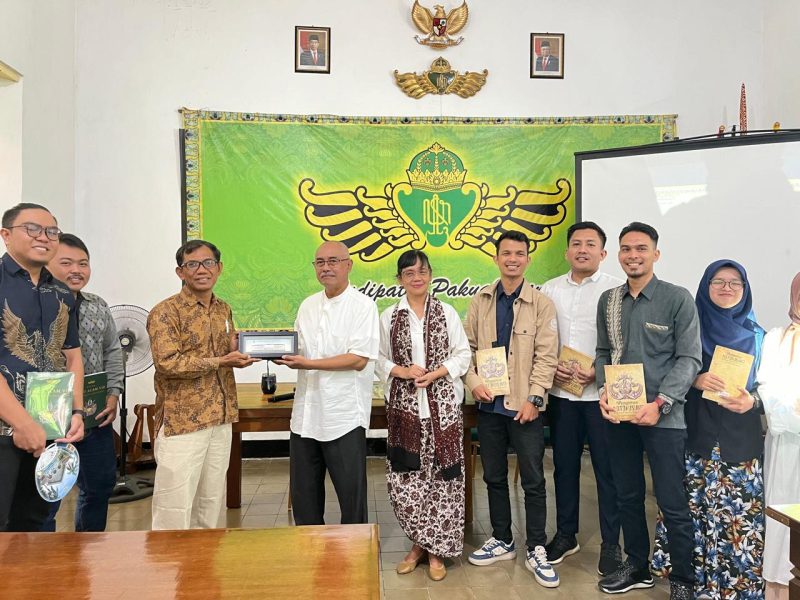
Pakualaman is an integral part of the Yogyakarta Sultanate, a principality that has been pivotal in cultural and leadership development for centuries. The administrative center of Pakualaman Duchy resides in Pura Pakualaman, a palace building imbued with leadership values. The main gate of Pura Pakualaman bears the inscription “Wiwara Kusuma Winayang Reka,” referring to the birth year of K.G. Paku Alam I in 1764 AD, symbolizing justice and wisdom. On the west side of the gateway, a message conveys that intelligence is achieved through diligence, patience, resilience, and optimistic thinking, termed as “Guna Titi Purun.”
The behavioral guidelines set by Paku Alam I are preserved through manuscripts housed in the Pura Pakualaman Library. One such manuscript, titled “Piwulang Sestradi,” details 21 traits of goodness and 21 traits of bad behavior. On the east side of the gate, the inscription “Engeta Angga Pribadi” advises to “remember oneself,” referring to the behavioral guide from the manuscript.
These leadership values were explored by students from the Master’s Program in Leadership and Policy Innovation at Universitas Gadjah Mada during their field visit to Pura Pakualaman on Wednesday (June 19). During the visit, 20 students attended a lecture delivered by Nyi M.T. Sestraukmi (Dr. Sri Ratna Saktimulya, M.Hum) on culturally informed leadership. Dr. Ridwan Ahmah Sukri, M.Hum., the lecturer for the course “Leadership and Cultural Transformation,” also participated in the visit.
Dr. Sakti emphasized in her presentation that leadership is taught through Asthabrata, which outlines self-control actions by eight gods to achieve a safe and happy life. This teaching focuses on leaders and their leadership styles. Dr. Sakti also stressed that governance activities are part of cultural implementation. “Currently, we are navigating the tension between tradition and renewal; culture must stay rooted and progress alongside intellectual practices in governance.”
During the visit, students witnessed firsthand the cultural heritage housed within Pura Pakualaman. This visit bridged the gap between theoretical teachings in classrooms and direct practices stemming from cultural diversity. The leadership values derived from Pakualaman can be integrated into educational curricula to nurture culturally aware leaders in accordance with Lampahing Nayakaningrat.
Keywords: education, cultural diversity, SDG 4: Quality Education, SDGs
Data: Clarashinta Arumdani
Author: Asti Rahmaningrum


